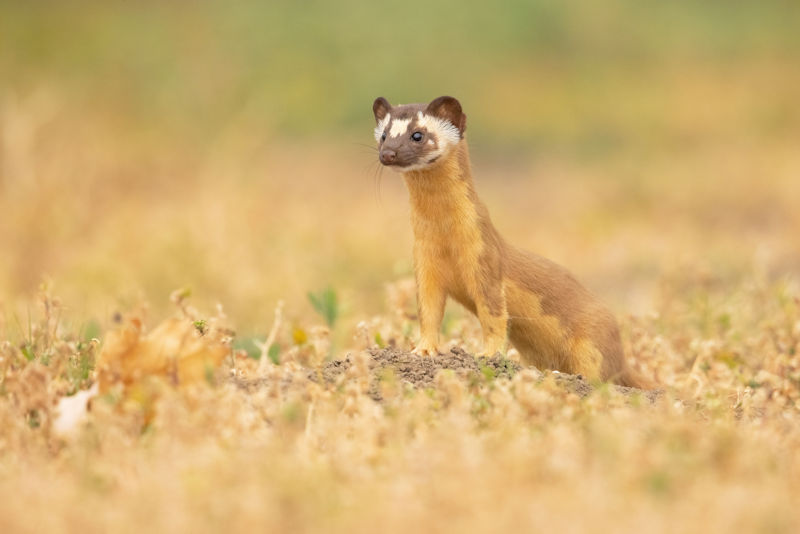A Glimpse into the Life of Maryland’s Elusive Weasel
In the lands of Maryland, where forests whisper and streams glisten, dwells an often unseen but significant creature – the long-tailed weasel. With a slender body and an insatiable appetite, this little carnivore roams the underbrush, a master of stealth and surprise.
The Weasel’s Role in the Ecosystem
The long-tailed weasel, a native to Maryland’s diverse habitats, plays a crucial role in the natural order. Its diet primarily consists of rodents, which helps in controlling their populations. This balance is vital for the health of crops and forests, making the weasel an unsung hero of the ecosystem.
The Challenge of Overpopulation
However, when the scales tip and the weasel’s numbers grow unchecked, troubles arise. An overpopulation of weasels can lead to a decline in small mammal populations, disrupting the ecosystem’s harmony. This imbalance can further lead to increased weasel-human encounters, often to the detriment of both.
The Art of Trapping: A Management Tool
In steps the method of trapping, a tool wielded by wildlife managers. Trapping, when done responsibly and ethically, can help maintain the weasel population at a sustainable level. This practice not only safeguards the weasel’s prey species but also minimizes the instances of weasel-human conflict.
Balancing the Scales: Benefits to the Ecosystem
By managing the weasel population, trapping ensures the equilibrium of Maryland’s natural world. It helps in preserving the diversity of species and maintains the health of the ecosystem, ensuring that every creature, big or small, plays its part without overshadowing the others.
Reducing Human-Weasel Conflict
Another significant benefit of trapping is the reduction in human-weasel conflicts. Overpopulation of weasels can lead to them encroaching on human habitats, causing issues for homeowners and farmers. Effective population control measures keep these conflicts at bay, fostering a healthier coexistence.
The Way Forward: Ethical and Informed Practices
As we tread this path of coexistence, it is essential to approach trapping with respect and knowledge. Ethical practices, and continuous research are key to ensuring that trapping is conducted in a way that respects the weasel’s role in nature while protecting the interests of humans and other wildlife.
In the heart of Maryland, the long-tailed weasel continues its dance of survival, a small but vital part of the ecosystem. Through thoughtful and responsible management, we can ensure that this dance goes on, in a world where every creature, great and small, finds its place under the sun.

